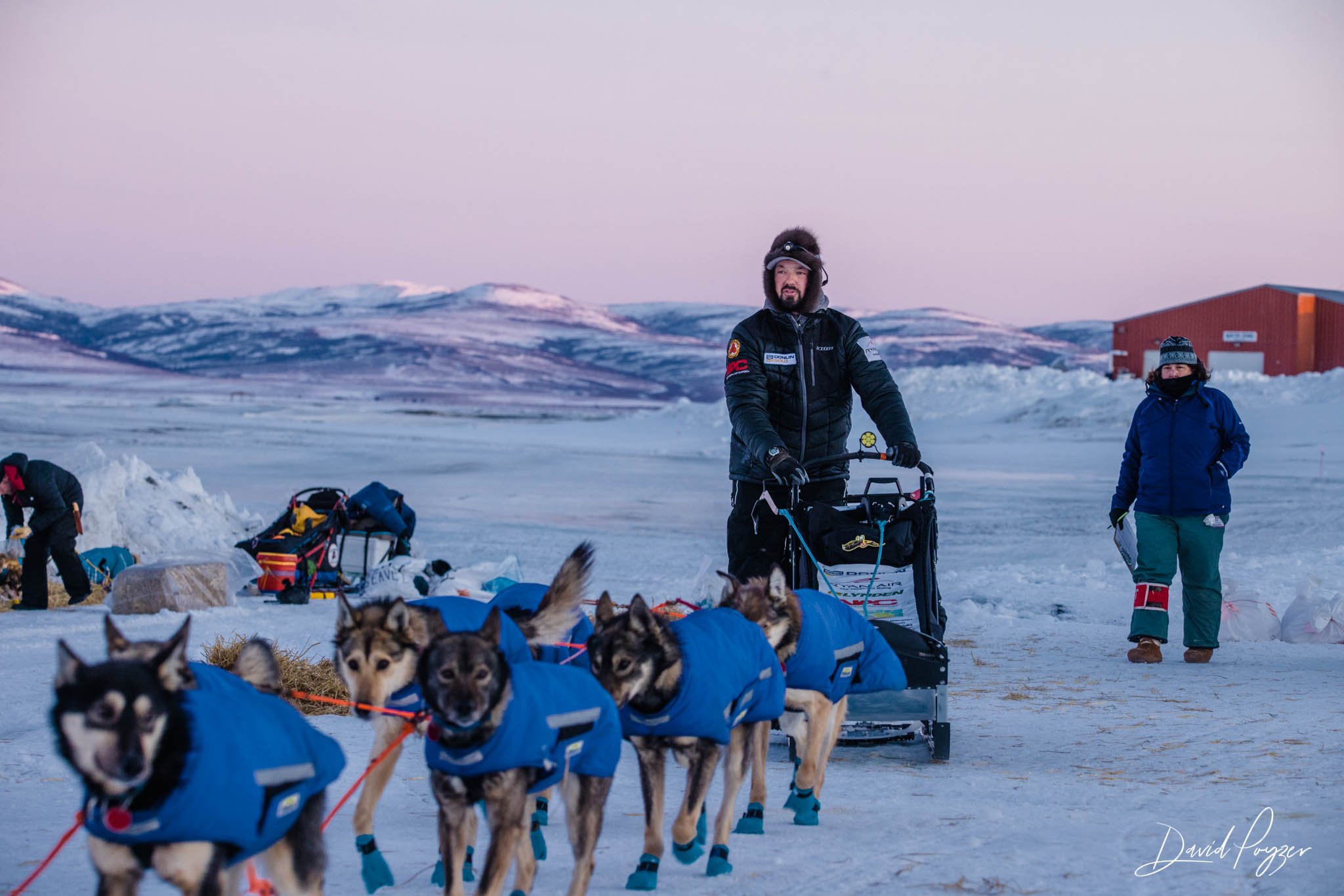Is My Dog A True Carnivore?
Dogs eat meat, so they must be carnivores. Wait - they eat cereals too, so they can’t be true carnivores. Or can they? Tonje Dominguez, Animal Nutrition Scientist at Aker BioMarine, gives us some insight on the matter.
Based on the digestive system build-up and the dog's ability to synthesize the fatty acid arachidonic acid and the amino acid taurine, as well as utilize vegetable beta-carotene as vitamin A, dogs are classified as omnivores, not carnivores. It is also determined that dogs are genetically set up to digest carbohydrates like starch and glucose, unlike wolves.

“Am I really a true Carnivore?”
Where To Find Protein, Fat And Carbohydrate For My Dog?
Most ingredients contain protein, fat and carbohydrate at the same time, but in different ratios. We often call them by their dominating energy source; protein source if they contain mostly protein, fat source if they contain mostly fat, etc. Below we have mentioned the most commonly used sources.
Protein
Protein sources can be any kind of meat, eggs, lenses, beans, etc. whereas animal sources are often the most bioavailable. Ingredients that provide all the 10 amino acids the dog needs are called complete protein sources. Krill meal is an example of such a protein source.
How to choose the right marine omega-3 ingredient for pet food
Fat
Fat sources can be animal adipose tissue, dairy fat (butter) or vegetable oils. The life essential omega-3 comes from both vegetable and marine sources, while omega-6 is mainly found in vegetable sources.
Looking more closely at omega-3, sources like krill and fish contributes with EPA and DHA, which the dog can utilize much better than the vegetable alpha-linolenic acid. The latter fatty acid must be converted by the body to EPA and DHA, and this process is not very effective in dogs. Only some EPA and almost no DHA are made from alpha-linolenic fatty acids.
“Ingredients that provide all the 10 amino acids the dog needs are called complete protein sources.”
Furthermore, much of the EPA and DHA from krill is bound in a phospholipid rather than in a triglyceride form. This might sound a bit complicated, but bottom line is omega-3 in phospholipid form is more rapidly integrated into the dog's cell membranes while triglycerides must be converted to phospholipid-omega-3 before it can integrate in cells. This makes krill meal an effective and potent omega-3 supplier in dog food.
Read our first article of the series here: Dog Digestion - Step By Step

Puppy relaxing in the grass.
Carbohydrates
Carb sources are mainly cereals (wheat, barley, oat), rice, potato or corn, but can also be vegetables, beans and pulses. As you may have noticed we haven't mentioned any animal sources, since they are very limited in carbohydrates (only small amounts of glucose may be present). The vegetable sources usually require some form of heat treatment in order for the energy in them to be accessible.
Dog Nutrition - Water And Energy Sources
Now, you know the basics around your best friend’s digestive system, different energy sources, body building blocks and the healthy fatty acid omega-3.
Next chapter will be about important micronutrients: the vitamins and minerals. We will also look into hydration of the active dog.
Tuesday, March 1st 2022, Ryan Anderson and his dogs crossed the finish-line first in Grand Portage, making him the John Beargrease Sled Dogs champion.
Redingtons bold move backfired - he’s out of the race!
We can finally say it once again - QRILL PAWS 2022 IS READY TO ROLL! That’s despite another difficult year for race organizers and everyone involved in sled dog events.
Aker BioMarine, the Norwegian biotech company behind QRILL PAWS, launches QPaws - The Dog Activity App to help track and improve the health of active dogs across the globe.
We think knowing the basics in nutrition is important for anyone. That’s why we decided to write a series of articles on basic dog nutrition. First topic up - water and energy sources.
Summer is here, and it’s time for long, relaxing walks in the nature with your furry little friend. Unfortunately, it’s also time for ticks to start crawling around in the bushes. Take your precautions to make sure that the bug doesn’t ruin your summer!
The name “canicross” is a combination of the words “canine” and “cross-country”, which is actually a great description of the sport. Canicross is simply cross-country running with your dog!
Over the past weeks, Norway’s Toughest Dog has been crowned amongst the dogs who were signed up for Femundløpet 2021. Furry rocket Ronja took the title home, together with a ton of dog food for herself and her kennel. With the amount of requests and questions about a competition for all dog owner, we weren’t in doubt - #mintøffing2021 became a reality!
After three years, Dallas Seavey is returning to the Iditarod, after the 2017 helter skelter incident that shocked his life and mushing career.
The mushers have to relive their own nightmares on the way back over the trail's most demanding sections between Nikolai and Finger Lake.
After three years, Dallas Seavey is returning to the Iditarod, after the 2017 helter skelter incident that shocked his life and mushing career.
At age 10 she harnessed her border collie Bear and a goat to pull hay to the horses. Now, for the 19th time, Jessie Royer (44) has harnessed her 16 most competitive dogs to win Iditarod.
Growing up with sailing and surrounded by golden beaches on the East Coast, Susannah Tuminelli has travelled a long way, when she now starts on the trail.
In March last year, Iditarod mushers were chased down the trail by a pandemic. Now, 12 months later, the world is still in the midst of the disease.
The Swiss born Martin Buser (62) lines up for his 38th Iditarod race this year. The Wayne Gretzky of dog sledding, has been inducted into the Alaska Sports Hall of Fame.
In the aftermath of cancelling this year’s edition of Femundløpet, organisers and sponsors put together the alternative online competition – Norway’s Toughest Dog. And what a support from the community!
Even though this year’s race had to be cancelled due to Covid-19 restrictions, there will be winners. And the prize is no less than 1000 kg dog food. The famous Norwegian dog trainer Maren T. Rørvik leads the jury.
As a fantastic way of thanking the everlasting effort from the organisers of Beargrease 2021, the mushers put on the most thrilling final sprint in the history of the race. In the end, only 7 seconds separated 1st and 2nd.































